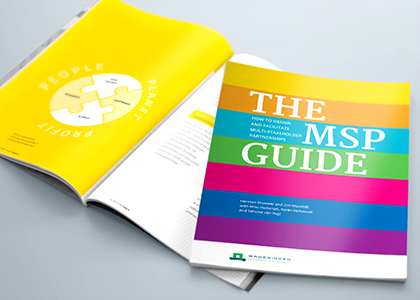This guide integrates practical knowledge with theoretical foundations and principles. While practical facilitation methods and tools are essential, it is even more important to be able to design processes around the underlying dynamics of human systems, power relations, conflict, and teamwork. The authors draw on diverse schools of thought to offer facilitators and stakeholders in partnerships a set of principles and conceptual models to help inspire creative and critical processes of change. While there are promising developments, e.g. grown from participatory rural appraisal (PRA) and its innovative use of creative and visual methods, there are still many examples of missed opportunities. Poorly designed and poorly facilitated collaborative projects are common; the people involved do not always know what is needed to make them work well. This guide aims to provide practical insights to make collaborative work inspiring, effective and fun.
Today’s complex and interconnected world clearly needs collaboration and partnerships between interest groups spanning the boundaries of business, government, civil society, and science. Bringing about such collaboration requires deep understanding of what enables and what stops people from working together. It requires patience, time, and commitment from leaders. By using the practical process steps and tools offered in this guide, much can be done to unlock people’s potential to cooperate and innovate for social and environmental good.

